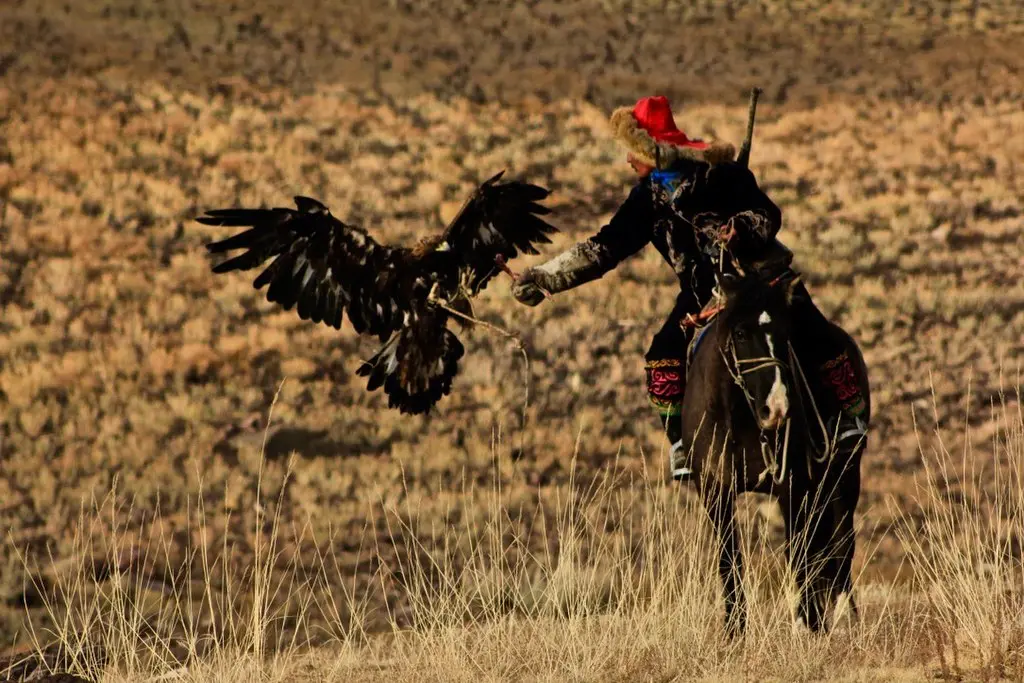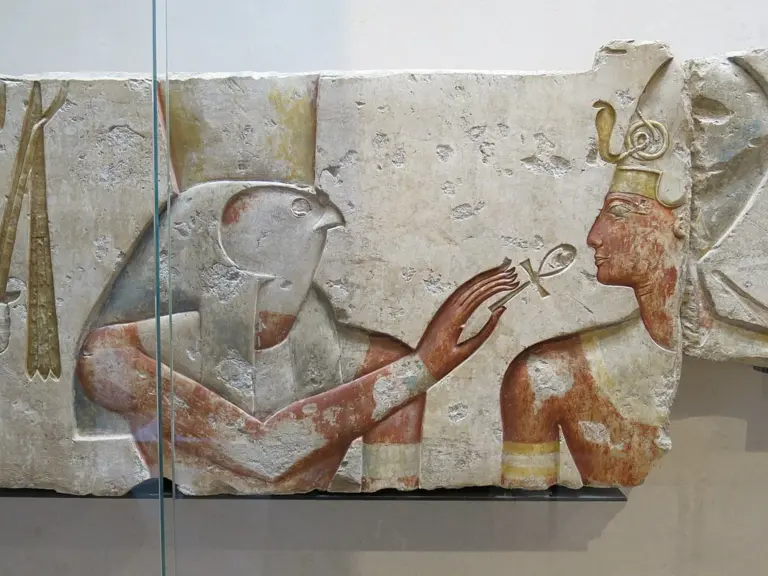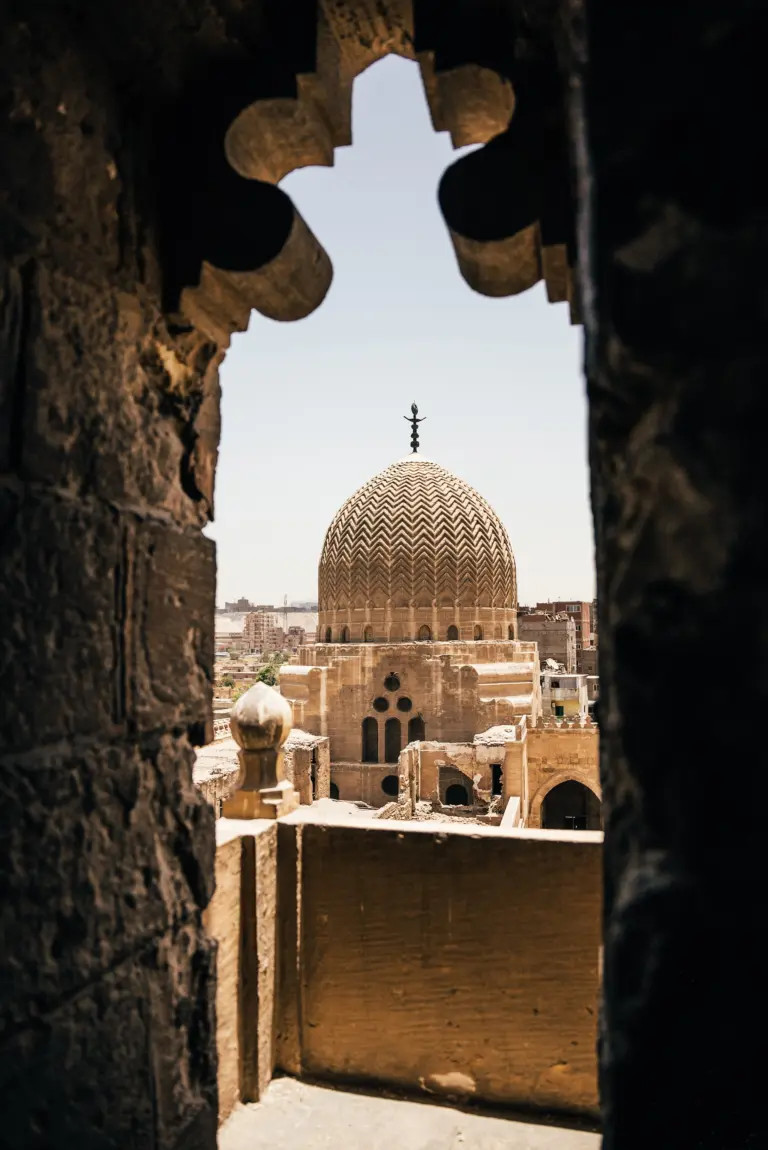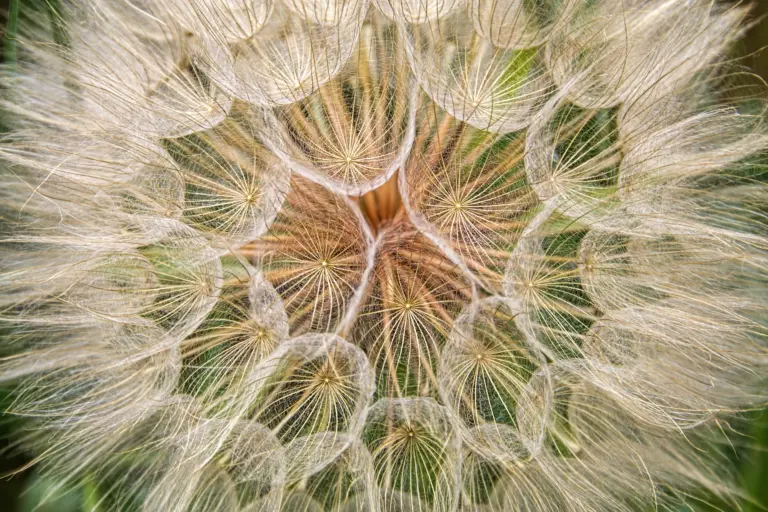In the vast realm of Hindu tales, there exists a subtly powerful anthology with the stories of five extraordinary heroines.
These women, known collectively as the Panchakanya, are the embodiments of complex virtues and paradoxes, serving as both a spiritual beacon and a subject of contemplation for the ages.
The significance of the Panchakanya cannot be overstated.
Each name resonates with a legacy of strength, resilience, and moral complexity: Ahalya, Draupadi, Kunti, Tara, and Mandodari. A single utterance of any name is already said to cleanse one of all sins!
These figures have stood as paragons of feminine virtue, transcending the boundaries of time and culture, offering a nuanced exploration of femininity, dharma (duty), and the unyielding human spirit. They are archetypes, each symbolizing a myriad of qualities that are both enigmatic and essential to the human experience.
As we peel back the layers of their stories, we will discover ancient wisdom relevant to modern dilemmas, explore profound spiritual truths hidden in plain sight, and perhaps most importantly, we will encounter the divine feminine in her most raw and powerful guise.
Table of Contents
Toggle
Who are the Panchakanya?
The Panchakanya are a group of five venerable women who are celebrated within the ancient scriptures of Hindu mythology. Each hails from a different epic, yet they are collectively venerated for their individual virtues and the profound lessons their lives impart. The quintet includes:
- Ahalya – Known for her beauty and the unfortunate curse she endured due to Indra’s deceit.
- Draupadi – Famed for her polyandrous marriage to the five Pandava brothers and her unwavering will.
- Kunti – The mother of the Pandavas, her life is marked by her unwavering duty, her resilience, and her profound wisdom in navigating complex moral dilemmas.
- Tara – The insightful and astute consort of the monkey king Bali, and later, Sugriva.
- Mandodari – The wise and righteous wife of Ravana, the demon king of Lanka.
Draupadi and Kunti’s stories are found in the Mahabharata, while the other three Kanyas originate from the Ramayana. Each woman’s narrative is fraught with trials and tribulations, and yet their actions and responses to adversity have etched their figures into the bedrock of moral and spiritual exemplars.
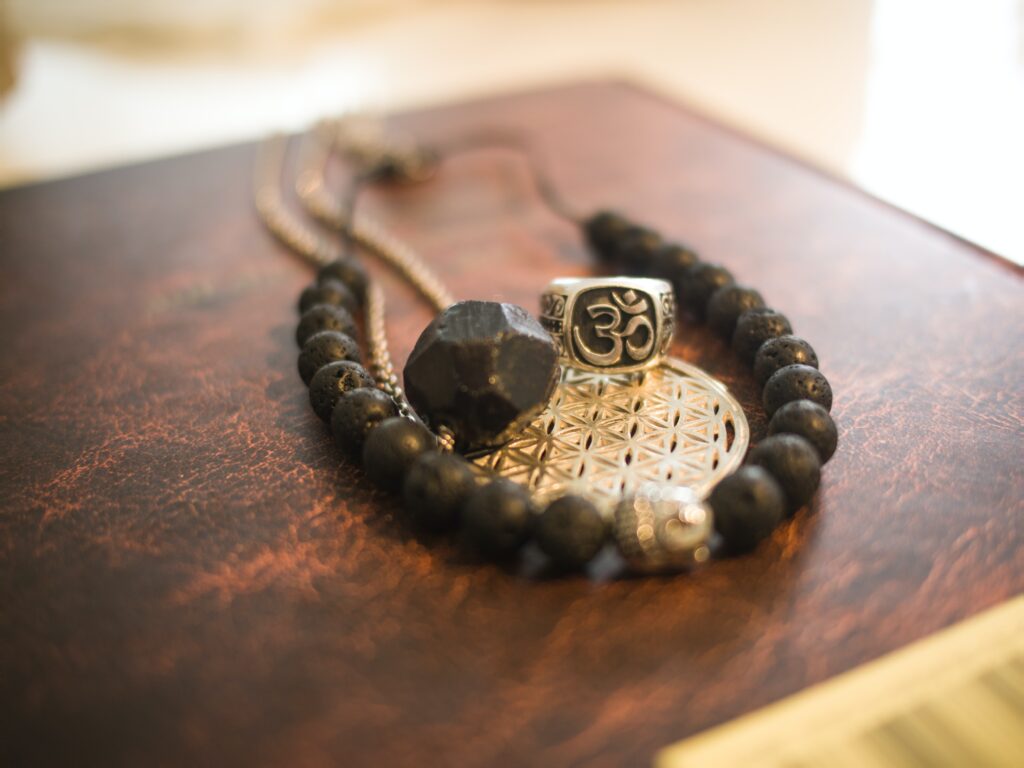
The Panchakanya Mantra
The Panchakanya are invoked through a powerful mantra that is believed to dispel sin and confer blessings upon those who recite it. The mantra goes:
“Ahalya Draupadi Kunti Tara Mandodari tatha Panchakanya smarenityam mahapataka nashanam”
This Sanskrit verse translates to:
“Remember daily the names of the five Kanyas: Ahalya, Draupadi, Kunti, Tara, and Mandodari. By doing so, one can eradicate the greatest of sins.”
The invocation of this mantra is a meditation upon the life stories of these women, a contemplation of the virtues they embody and the profound spiritual truths they represent.
Why are the Panchakanya Important?
The Panchakanya serve a dual role both culturally and spiritually within the Hindu tradition.
Culturally, they are seen as the epitome of womanly virtues, with each representing qualities such as purity, loyalty, courage, and wisdom.
Spiritually, the Panchakanya are regarded as symbols of divine femininity and primal shakti (power). They are embodiments of the various facets of Adi Parashakti, the supreme power.

What is the Divine Feminine?
The Divine Feminine is a concept that refers to a spiritual, psychological, and archetypal ideal of feminine energy. It is often associated with qualities such as intuition, nurturing, healing, and the life-giving force.
The Divine Feminine is viewed as a counterpart to the masculine aspects of spirituality and is often represented by goddesses, not just in Hinduism but across various cultures and belief systems.
In Hinduism, for example, the Divine Feminine is personified by goddesses such as Parvati, Lakshmi, Saraswati, and the fierce Kali, each embodying different aspects of life and cosmic functions.
In other traditions, such as the Christian, the Divine Feminine is often associated with the Virgin Mary, while in Buddhism, figures like the Bodhisattva Tara and Guan Yin embody these qualities.
The Divine Feminine is not limited to female deities; it transcends physical gender and represents a universal principle. This principle suggests that the divine reality encompasses both masculine and feminine qualities (the Yin and Yang), and that a balance between these energies is essential for wholeness.

1. Ahalya - The Stone Maiden
Ahalya was sculpted from pure creative vision by Brahma, the creator god, who fashioned her with such grace and beauty that she was considered the epitome of feminine allure.
Upon completion of her creation, she was so perfect that the divine sages were awed by her, and a competition of sorts ensued for her hand in marriage. Brahma, seeing the virtue in the sage Gautama, chose him to be her husband. Ahalya and Gautama led an idyllic life, with her beauty and his wisdom making them a revered couple.
The tale takes a dramatic turn with the entrance of Indra, the king of the gods, who became infatuated with Ahalya’s unmatched beauty. Driven by desire, Indra deceived Ahalya by assuming the guise of her husband Gautama and seduced her.
When Gautama learned of the deception, his rage was as profound as his earlier wisdom. He cursed Indra with a thousand vulvae on his body (which later became a thousand eyes.) As for Ahalya, Gautama’s curse turned her into a stone, symbolizing the petrification of her senses and agency due to the transgression, regardless of her role in it.

Ahalya’s redemption is a crucial chapter in her narrative. It was prophesied that her salvation would come through the touch of Rama, an avatar of Vishnu, the preserver god. When Rama, along with his sage guide Vishvamitra, arrived at the hermitage, he touched the stone that was Ahalya with his foot, and she was restored to her original form.
This act by Rama is celebrated as a moment of divine compassion and an affirmation of Ahalya’s intrinsic purity, which had remained untarnished despite her trials.
Rama’s redemption of Ahalya is also seen as a metaphor for the lifting of spiritual ignorance by the touch of divine knowledge. Ahalya’s restoration represents a new awakening, a rebirth into wisdom and a cleansing of sins, whether self-imposed or unfairly attributed.

2. Draupadi - The Fire-born Princess
Draupadi emerged as a fully-grown woman from the sacred sacrificial fire of a yajna performed by King Drupada of Panchala. This yajna was conducted with the aim of producing a warrior who could defeat Drupada’s enemy, Drona, and a companion who would change the course of history—Draupadi.
Her birth from the fire, sans childhood or parental nurturing, immediately sets her apart as a being destined for a unique path. She was not born of woman, but of fire and prayer.
Draupadi’s marriage was as unconventional as her birth. She was won by Arjuna at a Swayamvara, a ceremony for her to choose a husband, but due to a misunderstanding and a vow between the Pandava brothers, she became the wife of all five brothers! This polyandrous marriage was unusual even in the epic’s context but was ordained by their mother, Kunti, and sanctioned by the brothers.
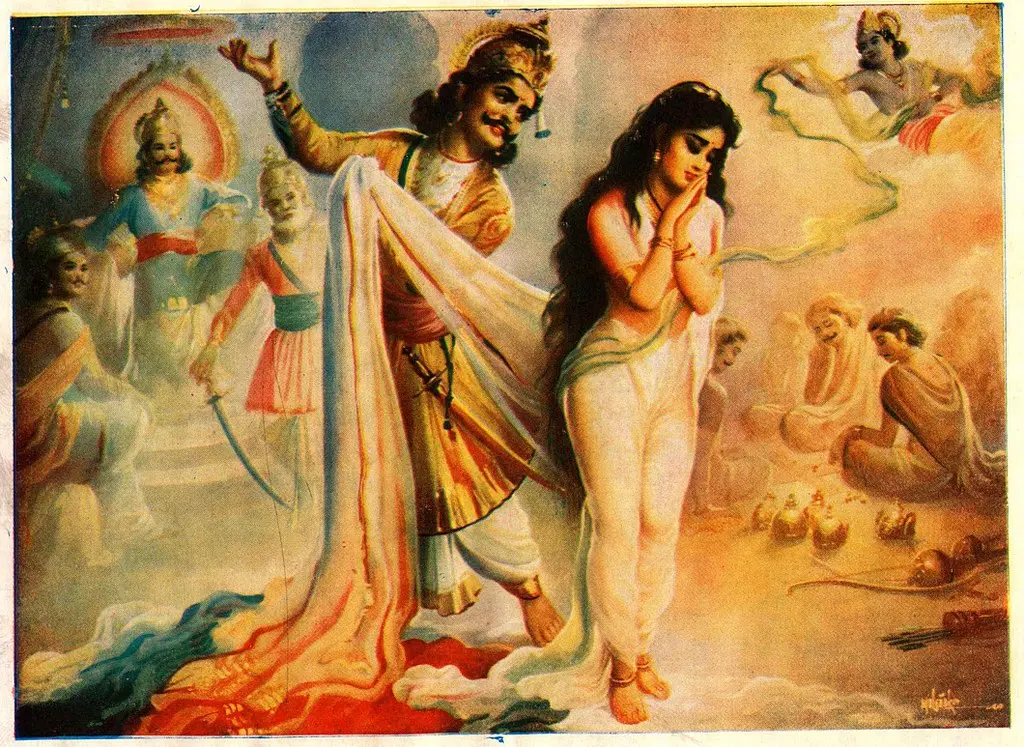
Perhaps the most famous incident in Draupadi’s life is her humiliation in the court of the Kauravas. Following a dice game where her husband Yudhishthira gambled everything away, including Draupadi herself, she was dragged into court and an attempt was made to disrobe her. Her fervent prayers to Krishna saved her, as her sari became endless, preventing her disrobing and thus protecting her honor.
Humiliated and enraged, Draupadi took a vow of revenge, which became a central motive for the Pandavas in the ensuing Kurukshetra War. Spoiler alert: They won.
Though victimized, she remained defiant and empowered, turning her humiliation into a call for justice that would echo through the ages.

3. Kunti - The Mother of Heroes
Kunti’s narrative begins with an extraordinary boon granted to her by the sage Durvasa, known for his quick temper and equally swift blessings. She was given a mantra that could summon any god to grant her a child. Out of youthful curiosity and lack of understanding of the mantra’s power, she invoked the Sun god, Surya, and bore Karna, a child born with divine armor and earrings. Fearing social stigma, she set him afloat in a basket on a river, an act that seeded future tragedy and conflict unbeknownst to her at that time.

Kunti later became the wife of King Pandu, who was cursed to die if he ever engaged in sexual intercourse. As a solution to extend their lineage, Pandu proposed Kunti use her boon to bear children with suitable deities. Through this boon, she became the mother of three Pandavas — Yudhishthira by the god Dharma, Bhima by the wind god Vayu, and Arjuna by the king of the gods, Indra. She also shared this boon with Pandu’s second wife, Madri, who bore the twins Nakula and Sahadeva through the Ashvins, the twin gods.
She is not only the mother of the Pandavas, but she also plays a crucial role in their upbringing and in the many decisions that lead up to the great war of Kurukshetra. She is a figure of immense wisdom, strength, and resilience, guiding her sons through the trials and tribulations of life in exile and war. Her silence about Karna’s true parentage until just before the war is laden with tragic undertones, significantly impacting the course of the events. Kunti, therefore, emerges as a figure who embodies the complexities of duty, sacrifice, and the burdens that often accompany great power and responsibility.

4. Tara - The Queen of the Vanaras
Tara’s story unfolds within the Vanara (monkey) kingdom of Kishkindha and is marked by her association with two important kings, her husband Vali and later, Sugriva.
Tara was married to Vali, the powerful king of the Vanaras. She is described as an advisor to Vali, wise beyond her years, and his support system. Despite her husband’s strength and prowess, Tara’s wisdom was acknowledged by all in the kingdom, making her an integral part of Vali’s rule and a respected figure in her own right.
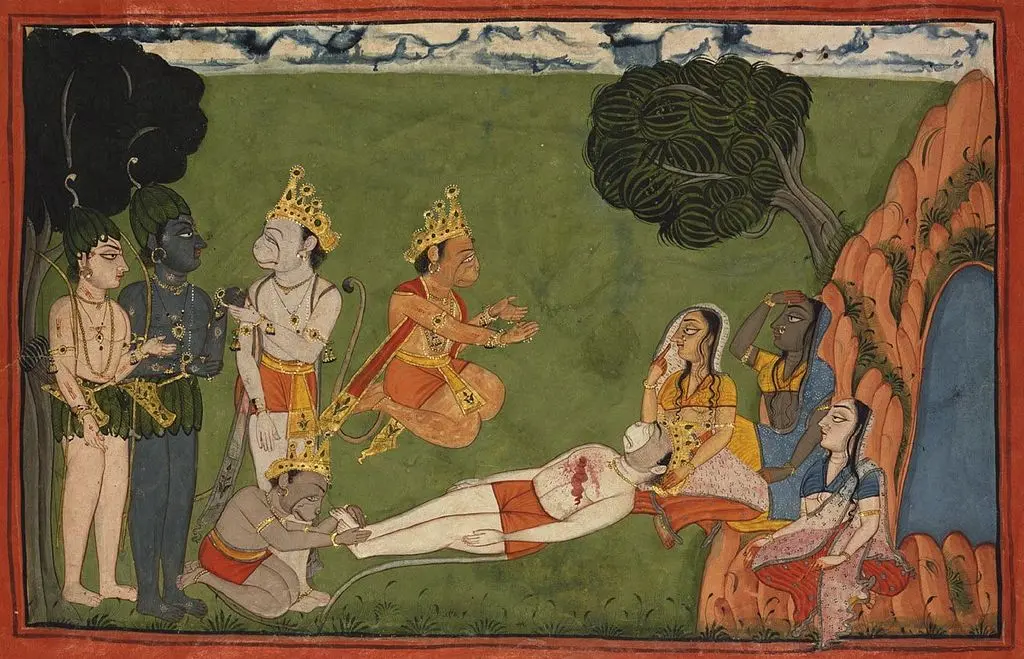
Tara’s life takes a dramatic turn when her husband, Vali, is challenged by his estranged brother Sugriva, with the backing of Lord Rama and Hanuman. Despite her counsel, Vali chooses to engage in battle with Sugriva, leading to his death at the hands of Rama, who aids Sugriva as part of their alliance. Tara’s confrontation with Rama following Vali’s death showcased her as a figure of immense emotional strength and dignity.
Following Vali’s death, Tara becomes the consort of Sugriva, as is customary for the time, to maintain political stability. Her transition from the wife of Vali to Sugriva is not just a personal adjustment but also a political maneuver as a key figure in maintaining the unity and integrity of the Vanara kingdom. Her influence over Sugriva is evident, and she continues to play a pivotal role in the events that lead up to the great war in Lanka against Ravana.

5. Mandodari - The Righteous Queen of the Demons
Mandodari is often described as a beautiful and righteous woman, who becomes the wife of the mighty Ravana. Her marriage to Ravana is significant as it casts her into a world of power, intrigue, and supernatural events, where her composed nature is continually put to the test. She is revered for her wisdom and is said to have been a devoted wife, despite her husband’s many misdemeanors, particularly his abduction of Sita, the wife of Rama.

Throughout Ravana’s reign and especially during the period of Sita’s abduction, Mandodari stands by her husband, offering him counsel, often cautioning him about the moral and spiritual wrongness of keeping Sita against her will. Her advice to Ravana to return Sita to Rama is an act of both loyalty and pragmatism. She foresees the consequences of Ravana’s actions but remains dedicated to him, trying to guide him towards the path of dharma (righteousness).
After the defeat of Ravana and the fall of Lanka, her character arc culminates not in vengeance or bitterness but in continued dignity and composure. Mandodari’s strength in the aftermath of the war, her role in the reconstruction of the kingdom, and her acceptance of Vibhishana, Ravana’s brother, as the new king of Lanka, showcase her as a figure of resilience and grace.
The Collective Significance of the Panchakanya
The tales of the Panchakanya, when looked at collectively, offer a nuanced portrayal of womanhood that defies simplistic categorizations of virtue. Each of these women demonstrates virtue not as an absolute state of purity but as a complex amalgamation of choices, loyalty, wisdom, and moral strength.
Their narratives challenge the traditional roles ascribed to women in ancient texts, providing a broader canvas to understand the dynamics of virtue in the context of their cultural and personal situations.
Each story of the Panchakanya is marked by trials that test the limits of their endurance, wisdom, and moral fiber. The thematic arcs of their lives suggest a pattern where tribulations are followed by redemption, not always in a spiritual sense, but often in the restoration of their dignity and the vindication of their choices.
These stories highlight the transformative power of adversity and the potential for individuals to emerge with a renewed sense of purpose and integrity.
Symbolism of the Panchakanya
The Panchakanya, when invoked collectively, represent an embodiment of feminine strength that is multifaceted and transcendent. They are a symbolic constellation of women’s potential for wisdom, strategic acumen, resilience, and spiritual depth.
Each character contributes a different aspect of strength: Ahalya’s endurance, Draupadi’s fiery resolve, Kunti’s maternal fortitude, Tara’s political wisdom, and Mandodari’s composed righteousness combine to form a powerful symbol of collective feminine energy.
The spiritual significance of the Panchakanya extends beyond their individual mythological narratives, encompassing broader ethical and existential questions. They represent the spiritual journey from darkness to light, ignorance to wisdom, and chaos to order, embodying the eternal principles of Dharma.
Honorable Variations
While the traditional quintet of the Panchakanya holds a significant place, various interpretations incorporate other figures into this revered group. Among these, two notable names often arise: Sita, the revered heroine of the Ramayana, and Tara (yes, there are two Taras), the learned wife of the sage Brihaspati.

Sita - The Epitome of Purity
Sita’s tale begins with a miracle—found by King Janaka within the sanctity of the furrowed earth, she is named Sita, a name that echoes her elemental bond with the land. Raised with the love and splendor due a princess in the kingdom of Mithila, Sita grows up embodying grace and nobility.
The pivotal moment of her youth arrives during the swayamvara, a royal contest for her hand in marriage. The challenge: to string the mighty bow of Shiva. It is here that the valorous prince Rama, wins her heart by accomplishing this divine feat.
However, the idyll is disrupted when duty calls Rama into exile. With unwavering loyalty, Sita forsakes the comforts of the palace to accompany her husband into the austere life of the Dandaka forest.
This tranquility, though, is further shattered by the cunning of Ravana, the demon king of Lanka, who, beguiled by her beauty, abducts her. Despite the opulence of her captivity and the allure of Ravana’s offers, Sita’s heart remains steadfast.
The climax of her trials occurs upon her rescue, following the downfall of Ravana at Rama’s hands. Amidst societal scrutiny, Sita endures the Agnipariksha, a trial by fire, to prove her chastity. She emerges unscathed, vindicated by the divine flames, yet this is not the end of her tribulations.
In the final chapters of her earthly journey, Sita confronts the suspicions of the people of Ayodhya regarding her time in Lanka. Seeking refuge once more in the forest, now as a mother, she single-handedly raises her twin sons, Lava and Kusha, under the sage Valmiki’s guidance. Ultimately, when the weight of suspicion and separation becomes unbearable, Sita calls upon the Earth, her mother, to swallow her up, providing a solemn closure to a life marked by both celestial grace and human hardship.
Tara - The Star of the Lunar Dynasty
Tara was the wife of Brihaspati, the guru of the gods, a marriage that was more a matter of celestial politics than of romance. Despite her significant position as the spouse of such a powerful deity, Tara’s story quickly takes a turn towards the personal dimensions of her life, reflecting the struggles that even divine entities face within the bounds of relationships and duty.
At the core of Tara’s story is her elopement with Chandra, the Moon god, which highlights her own will and desire in contrast to her assigned role as Brihaspati’s wife. This act of defiance shakes the heavens, leading to a series of events that have far-reaching effects. From this union, Tara gives birth to Budha, the god of the planet Mercury. Budha becomes a significant figure, as he is the progenitor of the Lunar Dynasty, which includes some of the most prominent kings and heroes in Hindu mythology, like King Bharata and the Pandavas.
The elopement leads to a celestial conflict, requiring the intervention of Brahma, to resolve the dispute and return Tara to Brihaspati. The reconciliation, however, is not just the resolution of a divine romantic entanglement but also represents the restoration of cosmic order disrupted by personal desires.
The consequences of Tara’s choices are complex, for while they result in a strain within the divine relationships, they also give rise to an important lineage that shapes the course of mortal and divine narratives alike.



